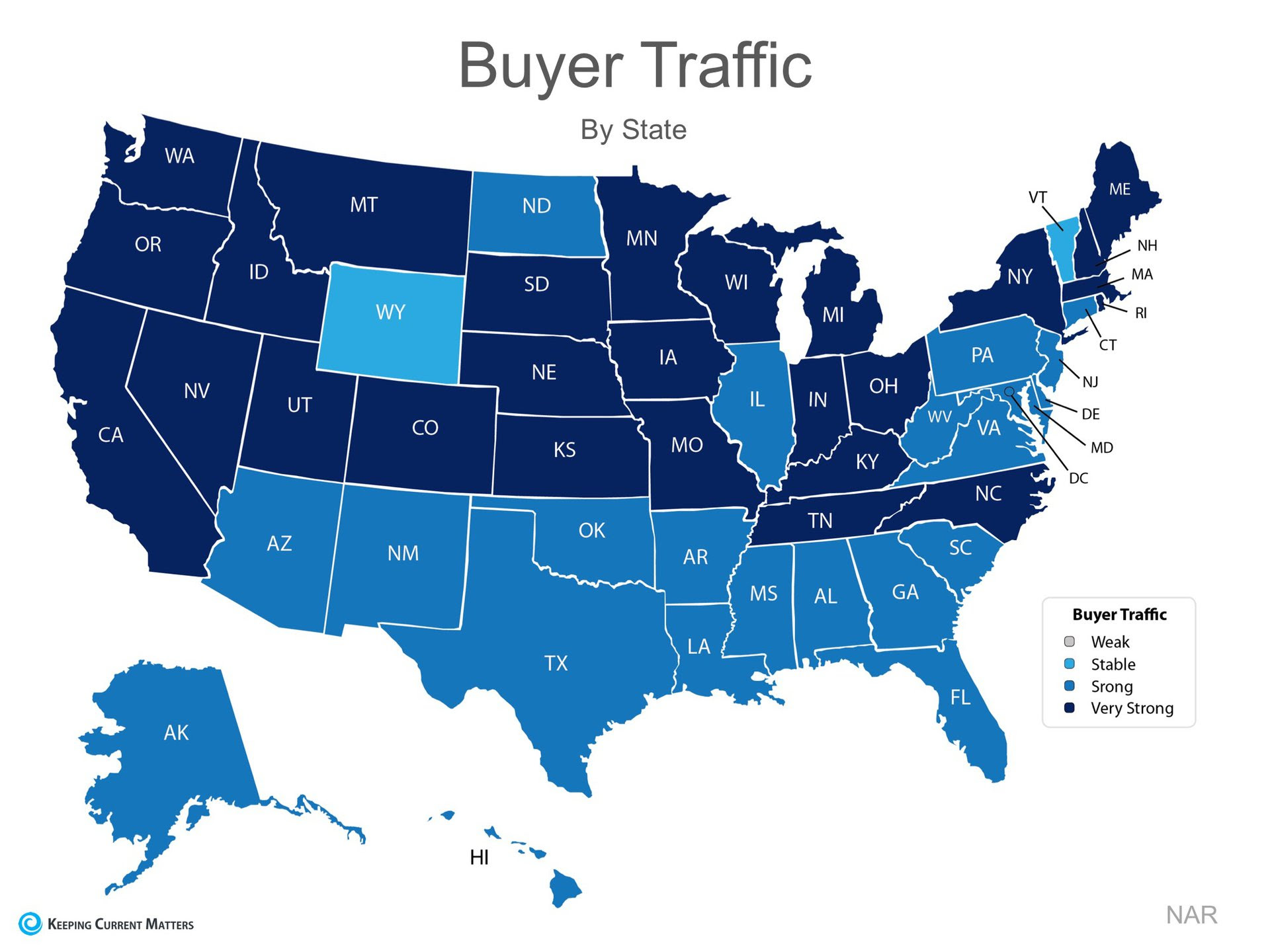Making little lifestyle changes will do a lot to enhance sustainability for the planet — and make every day Earth Day.
It’s a great feeling every Earth Day to bike to work and show your love of the planet. But sustainable practices — managing how you use resources to ensure that there will enough for future generations — doesn’t have to be limited to once a year. With a few adjustments, sustainable practices can easily become a part of daily life and save you money while you help improve the planet.
What is sustainability?
Sustainable living is an umbrella term that covers many different ideas and programs. It can be as simple as recycling and using less water or as complex as changing state and federal policies to promote wind and solar power and high-speed rail transportation. Local planning commissions can promote sustainability by allowing higher density housing that uses less land.
If you want to support some of these public sustainability programs, you can contact your government representative to express support. You could also support a nonprofit group like the Edible Schoolyard program, which teaches kids how to grow and eat locally.
Opposition to sustainable practices
Not everyone is a fan of sustainable practices. Some people worry that conservation efforts produce more government regulation, increase living costs, and reduce corporate profits. Not sure where you stand on these major policies? Why not start small and see?
Eat locally. One of the biggest impacts a family has on the environment is what it eats. It takes around 10 calories of fossil fuel—in the form of fertilizers, processing, and transportation—to produce a single calorie of supermarket food, according to Michael Pollan, author of The Omnivore’s Dilemma. Cut down on your food’s energy impact by eating food grown near your home.
A 2001 study conducted by the Leopold Center for Sustainable Agriculture, Iowa State University, found that the cost of transporting food from the region or the local area was four and 17 times less, respectively, than buying from national distributors.
Finding local food isn’t difficult
* Local Harvest will help you find farmers markets as well as farms in your region that offer subscription programs. Signing up for a subscription means you pay up front, so there’s a risk if the harvest fails. Costs vary depending on the size of the share and your part of the country. A good estimate from Local Harvest is that you’ll spend about $600 to cover produce for a family of four during a four or five month growing season.
* Keep food even closer to home by growing your own, either in your backyard or in a shared community space. Expect to spend several hours a week seeding, weeding, and harvesting. Gardening is also a great way to teach kids about healthy eating.
The downside of eating locally is that food from a farmer’s market often costs more than the same from the supermarket. And in winter, you may eat a lot of cabbage and potatoes if you stick to local eating.
Buy gently used
Everyone likes something new once in a while—and fast-growing kids require it. Consumer spending is also a big contributor to a healthy economy. But producing and transporting new products from the factory to you also uses lots of resources. One way to get new stuff and still promote sustainability is to trade something you no longer want for what you need.
* Freecycle is a 7 million-strong global network of people who share their possessions—for free. Once you join online, you’ll receive regular email about used items that you can request and pick up. Eva Schmoock, a student nurse and mother of two in Carrboro, N.C., is an avid user. She’s found new homes for everything, including paint and kids’ bathing suits.
* A low-tech option: Organize swap meets with neighbors to lessen your environmental footprint without opening your wallet. Get your kids to put flyers in mailboxes to promote the swap. Or try a consignment shop.
Reduce trash by composting
It isn’t just what you buy that has an impact on the world’s resources, it’s what you throw away. The average American is responsible for almost 5 pounds of garbage a day, 12.5% of which is food scraps, according to the Environmental Protection Agency. That trash clogs landfills and pollutes ground water.
Want to reduce waste? Consider composting. Just put those peels and pods (but no meat or dairy products) in a separate container instead of the garbage can. When the container is full, carry it to your compost pile.
A $10 plastic bucket with a lid will work; fancier models have charcoal filters that cut down on smells but cost two or three times as much. Let your kids scrape plates into the compost pail or empty the full container.
You’ll find a compost bin for every budget. You can fence off a small (out-of-sight) section of your yard with less than $50 worth of mesh wire and poles. Plastic bins and barrels are neater, but can cost several times more. The best part of composting: In six months, nature will convert your waste into terrific fertilizer to sustain your vegetable or flower garden.
Article by HouseLogic Published: August 28, 2009 By Amanda Abrams
 The Joint Center of Housing Studies (JCHS) at Harvard University recently released their 2017 State of the Nation’s Housing Study, and a recent blog from JCHS revealed some of the more surprising aspects of the study.
The Joint Center of Housing Studies (JCHS) at Harvard University recently released their 2017 State of the Nation’s Housing Study, and a recent blog from JCHS revealed some of the more surprising aspects of the study.


